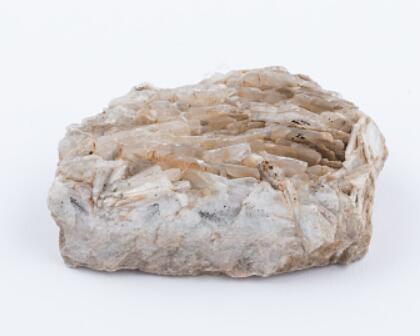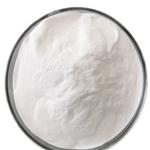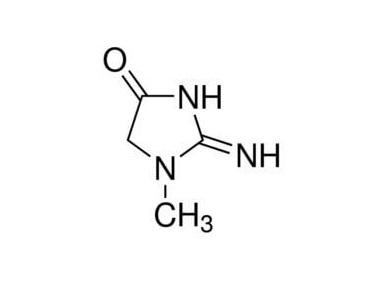Uses and Occurrence of Barite
Barite (baryte, barytes; BaSO4) is the most abundant barium mineral in the Earth's crust. It has orthorhombic symmetry, forms good crystals and has good cleavage (perfect along 001). It is relatively insoluble in water. It is isostructural with celestite (SrSO4) and there is a complete solid solution series between BaSO4 and SrSO4, although natural compositions are usually near the end members. PbSO4 (anglesite) is isostructural with BaSO4 (barite), so a complete solid solution between these two end members would also be expected; some natural samples do occur that are intermediate in composition.

Occurrence
Barite often occurs as concretions and void-filling crystals in sediments and sedimentary rocks. It is especially common as concretions and vein fillings in limestone and dolostone. Where these carbonate rock units have been heavily weathered, large accumulations of barite are sometimes found at the soil-bedrock contact. Many of the commercial barite mines produce from these residual deposits.
Barite is also found as concretions in sand and sandstone. These concretions grow as barite crystallizes within the interstitial spaces between sand grains. Sometimes crystals of barite grow into interesting shapes within the sand. These structures are known as "barite roses" (see photo). They can be up to several inches in length and incorporate large numbers of sand grains. Occasionally barite is so abundant in a sandstone that it serves as the "cement" for the rock.
Barite is also a common mineral in hydrothermal veins and is a gangue mineral associated with sulfide ore veins. It is found in association with ores of antimony, cobalt, copper, lead, manganese, and silver. In a few locations barite is deposited as a sinter at hot springs.
Uses
Baryte is used in added-value applications which include filler in paint and plastics, sound reduction in engine compartments, coat of automobile finishes for smoothness and corrosion resistance, friction products for automobiles and trucks, radiation shielding concrete, glass ceramics, and medical applications (for example, a barium meal before a contrast CT scan). Baryte is supplied in a variety of forms and the price depends on the amount of processing; filler applications commanding higher prices following intense physical processing by grinding and micronising, and there are further premiums for whiteness and brightness and color.It is also used to produce other barium chemicals, notably barium carbonate which is used for the manufacture of LED glass for television and computer screens (historically in cathode ray tubes); and for dielectrics.
Historically, baryte was used for the production of barium hydroxide for sugar refining, and as a white pigment for textiles, paper, and paint.
Although baryte contains the toxic alkaline earth metal barium, it is not detrimental for human health, animals, plants and the environment because barium sulfate is extremely insoluble in water.
It is also sometimes used as a gemstone.
);You may like
See also
Lastest Price from Barite manufacturers

US $70.00-50.00/kg2024-04-26
- CAS:
- 13462-86-7
- Min. Order:
- 1kg
- Purity:
- 99%
- Supply Ability:
- 20Tons

US $4.00/Kg/Bag2023-12-11
- CAS:
- 13462-86-7
- Min. Order:
- 25KG
- Purity:
- 98%
- Supply Ability:
- 200ton


